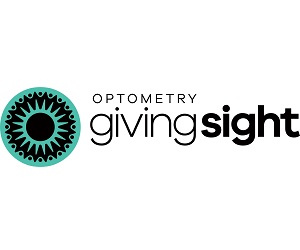I was reminded of an article I wrote a few years ago about a unique situation. Our company was engaged to appraise the practice of an optometrist who was preparing for her retirement. While I was meeting with her, I mentioned that I needed a new pair eyeglasses and I also wanted to purchase a pair of prescription sunglasses.
I performed the appraisal when the practice was closed—which is the usual and customary process for all business appraisers—and while meeting with the owner I asked for her permission to book an appointment to attend her practice as a new patient for an examination and new glasses. She agreed.
Needless to say, when I arrived for my appointment during normal business hours the staff did not know who I was and that we had performed an appraisal for this practitioner. I had a wonderful experience as both a new patient and a purchaser of two pairs of glasses.
Then as now, it occurred to me that as a professional practice appraiser and broker— seldom do I meet the staff—nor do I attend the practice during regular operating hours for obvious, confidential reasons. I realized how much I had learned about the wonderful office environment that this owner had built and the incredible staff that she employed. I wish, as a broker, that my team could have this experience with every practice they visit.
From this visit, I had obtained two points of view—one as an appraiser/broker—the other as a patient. This was and still is an extremely rare circumstance. In completing the appraisal, it was now impossible for me to ignore the excellent service I had received as a patient. In addition, the staff provided me with the following:
• An email containing a simple, online patient survey within 24 hours of my appointment, which I completed,
• A second email thanking me for completing the survey—it arrived within minutes of the survey completion process,
• A third email asking whether I would like to be contacted in the future by email, telephone or by text message for upcoming appointments—I found this very useful as I prefer text messaging.
What incredible patient communications! All of this had transpired within 24 hours of my new patient examination. Needless to say, this remains one of the best patient experiences I have ever had in a professional health care practice.
My dilemma at the time was how do I ignore my experience as a patient when I finalized the appraisal as a professional? Frankly, I could not and did not. This practice was exceptional. I was thoroughly impressed—if all appraisers and brokers could have the new patient experience in their client’s practices they would know much more about how a practice operates and what the patient experience is like.
Essentially, I was an ‘undercover patient’ (much like retailers employ undercover/false shoppers to gauge customer service) and as such learned a great deal more than the traditional, after hours appraisal process.
My company to this day is still trying to decide how or even if it is practical to use ‘undercover patients’ to learn more about our clients’ practices in order to prepare a more empirical practice appraisal. Obviously, we cannot simply act as an undercover patient each and every time we appraise a practice. But I still think about it—maybe as a practice owner you should as well.

JACKIE JOACHIM
Jackie has 30 years of experience in the industry as a former banker and now the Chief Operating Officer of ROI Corporation. Please contact her at Jackie.joachim@roicorp.com or 1-844-764-2020.






















